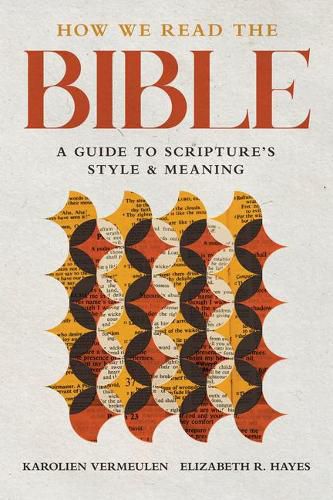Readings Newsletter
Become a Readings Member to make your shopping experience even easier.
Sign in or sign up for free!
You’re not far away from qualifying for FREE standard shipping within Australia
You’ve qualified for FREE standard shipping within Australia
The cart is loading…






The Bible is interpreted in a variety of ways and through a myriad of lenses. But how we interpret Scripture depends first of all on how we read it. This handbook focuses on the process of reading itself, taking a cognitive-stylistic approach grounded in recent research on language and the mind. Through accessible explanations of twelve key stylistic elements, How We Read the Bible provides all who study Scripture with the tools to understand what happens when we read and draw meaning from biblical texts. Rather than problematizing the divide between authors from the ancient world and a modern-day audience, Karolien Vermeulen and Elizabeth Hayes bridge the gap by exploring the interaction between the cues of the text and the context of the reader. With numerous examples from the Old and New Testaments and helpful suggestions for further study, How We Read the Bible can be used within any framework of biblical study–historical, theological, literary, and others–as a pathway to meeting Scripture on its own terms.
$9.00 standard shipping within Australia
FREE standard shipping within Australia for orders over $100.00
Express & International shipping calculated at checkout
The Bible is interpreted in a variety of ways and through a myriad of lenses. But how we interpret Scripture depends first of all on how we read it. This handbook focuses on the process of reading itself, taking a cognitive-stylistic approach grounded in recent research on language and the mind. Through accessible explanations of twelve key stylistic elements, How We Read the Bible provides all who study Scripture with the tools to understand what happens when we read and draw meaning from biblical texts. Rather than problematizing the divide between authors from the ancient world and a modern-day audience, Karolien Vermeulen and Elizabeth Hayes bridge the gap by exploring the interaction between the cues of the text and the context of the reader. With numerous examples from the Old and New Testaments and helpful suggestions for further study, How We Read the Bible can be used within any framework of biblical study–historical, theological, literary, and others–as a pathway to meeting Scripture on its own terms.